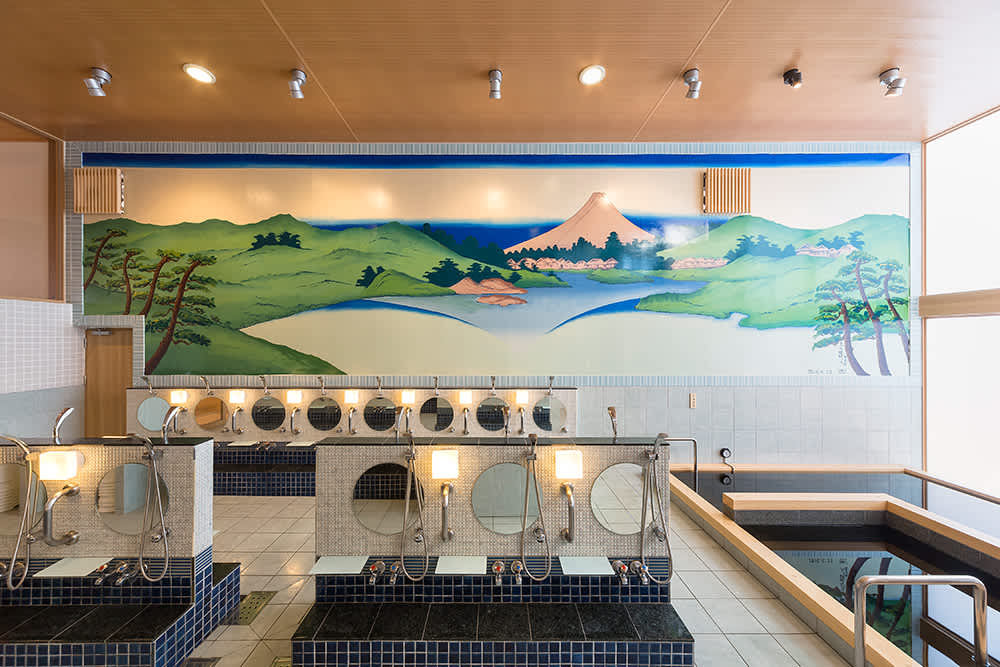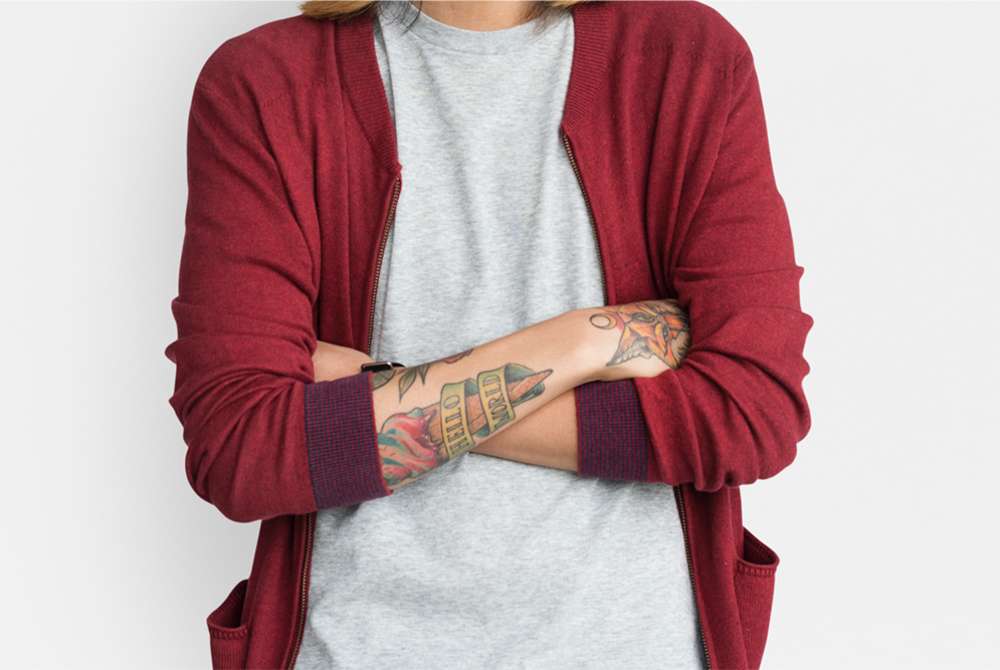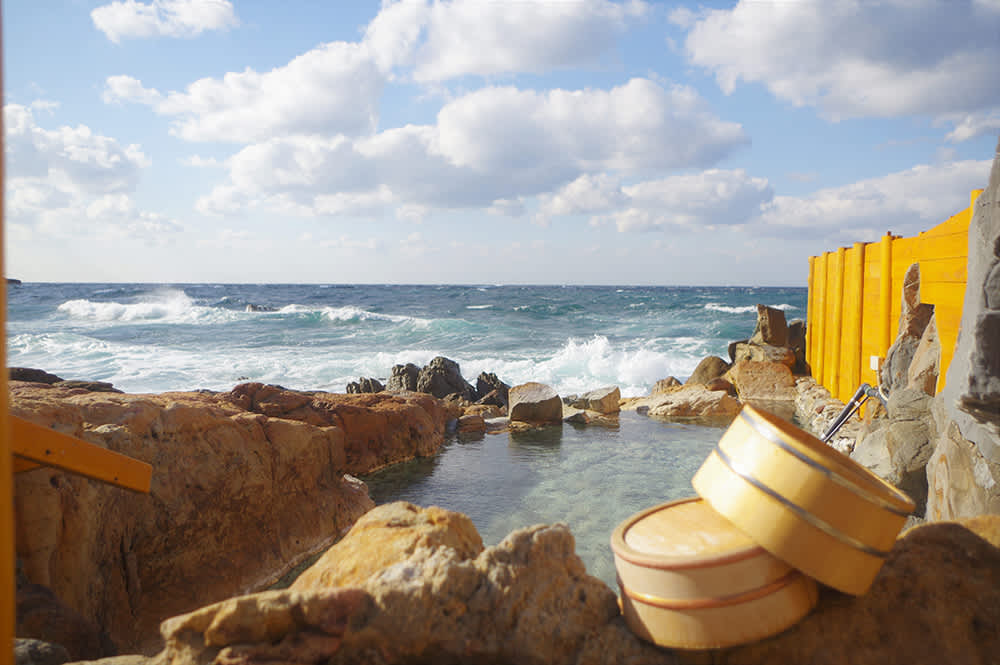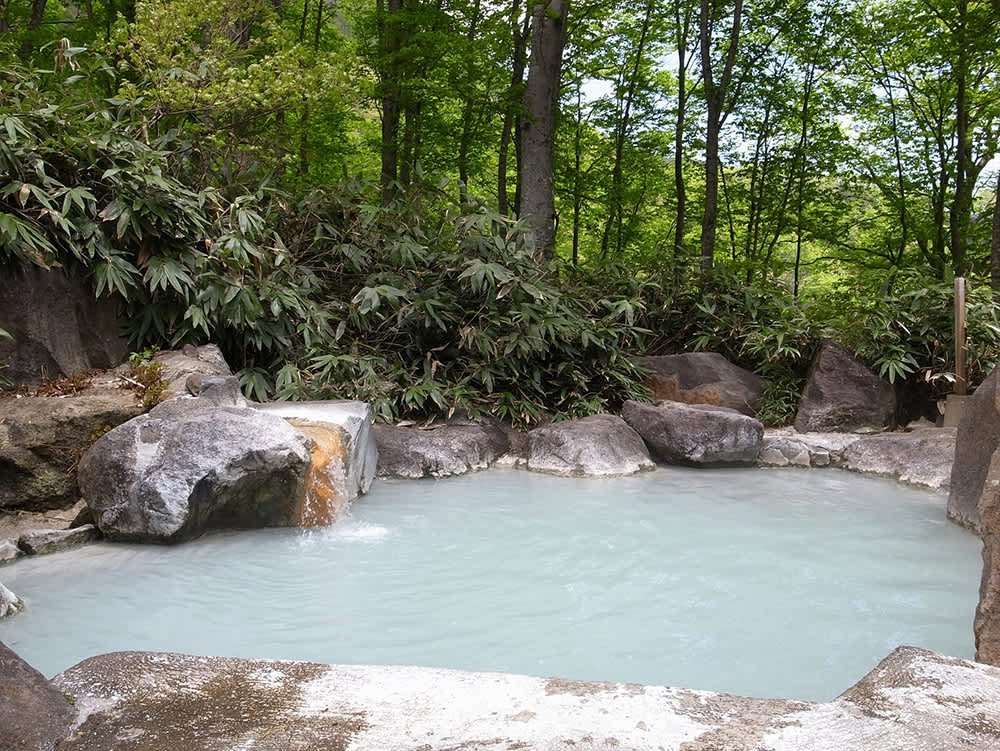Whether heading to a natural hot spring with views of snow-capped peaks or taking a dip in a small, urban public bath for a taste of local life, no trip to Japan is complete without experiencing the country’s rich bathing culture. For visitors with tattoos, bathing is a bit more complicated. Although the art of tattooing has a deep history in Japan, the country still has a complicated relationship with ink, and many bathing facilities still bar tattooed-visitors. However, the number of tattoo-friendly onsen and sento is growing, in part due to increased tourism, the Tokyo Olympics and the 2019 Rugby World Cup.
Tattoos and onsen: a culture clash
Bathing is woven into the fabric of Japanese life. The country’s volcanic landscape and location on the Pacific Ring of Fire bless its islands with over 27,000 natural hot water sources. The Japanese population has visited geothermal springs for centuries to relax, rejuvenate, and take advantage of the water’s purported health benefits. Communal bathing is similarly important in areas without natural springs. Non-geothermically heated baths, called sento, arose primarily as a way for the masses to get clean but remain popular even as most homes have private baths. A visit to the sento is a chance to relax in a spacious, hot bath—or perhaps a sauna—and socialize.

This social aspect, however, led many onsen and sento to prohibit tattooed guests. The Japanese taboo toward tattoos stems from their association with members of Japanese organized crime. Gangsters in Japan are typically heavily tattooed, and body art in Japan came to be associated with unsavory characters. Bathing facilities’ tattoo bans tend to come from a desire to avoid non-tattooed guests feeling uneasy around people perceived as dangerous.
Japanese tattoos, from prehistory to a worldwide phenomenon
The country’s history of tattoos stretches back long before gangsters came to muddy the tattoo waters. Sculptures depicting tattooed people from as early as 5000 BCE have been discovered, and written descriptions of tattoos came about as early as around 300 CE. Over the ensuing decades, tattoos emerged as a punishment to brand criminals.
During the Edo period (1603–1867), tattooing flourished as an art form. At first, criminals covered their brands with decorative tattoos, before many law-abiding members of the general public began getting inked. Toward the end of the 19th century, however, the government outlawed tattooing, in part due to fears over the country’s perception in the West, where tattoos were still taboo. These laws effectively pushed tattooing underground until 1948, when the American occupation led to the ban being lifted.

Tattoos had a resurgence among those living on the fringes as an expression of rebelliousness during the ban, and they remain popular with gang members of organized crime. From the 1960s onward, gangsters were depicted as tattooed in film and television, cementing the taboo among the Japanese public.
Given the rich, if checkered, history of Japanese tattooing, it is unsurprising that its style and motifs have become popular worldwide. Designs such as koi fish, dragons, tigers, waves, chrysanthemums and Japanese maple leaves are common among Japanese and non-Japanese tattoo fans. Artists specializing in the traditional Japanese style, called “wabori,” work worldwide, and the centuries-old, hand-poked method called “tebori” is experiencing a revival.
Tattooed tourists on the rise
The number of potential onsen patrons with tattoos is rising. Younger generations in Japan are getting inked more and more as the taboo gradually wanes. Japan is also seeing an influx of overseas tourists keen to engage with traditional culture through bathing. People from other countries get tattoos for all sorts of reasons, none of which are related to criminal activity. Some see them as a form of personal expression or a fashion statement, while others have tattoos with deeply personal, cultural, or religious significance. These visitors’ desire to bathe has further shone a light on the tattoo taboo. Onsen are major destinations in Japan and are a large part of the country’s tourist appeal. Restricting tattooed guests from bathing would make it impossible for much of the global population to experience this vital part of Japanese nature and culture.
Today, having a tattoo will not prevent you from experiencing an onsen or sento. According to a 2015 study by the Japan Tourism Agency, about 30 percent of hotels and inns in the country say they would allow someone with a tattoo to use their communal baths. Other facilities allow bathers with smaller tattoos if the ink is covered by a bandage or wrap. Although the number of tattoo-friendly onsen and sento is growing, many still do not allow tattooed guests. Etiquette is important to Japanese bathing culture and crucial for a relaxing onsen experience. Inked visitors should avoid these facilities and instead find one of the many that do allow tattoos.
How to find a tattoo-friendly onsen

It’s not always easy to figure out if a communal bath allows tattoos or not. A handful of onsen and sento advertise being tattoo-friendly on a sign or on their website, but such facilities are rare. More often, facilities will have a sign showing that they forbid tattoos, making it clear which ones to avoid. If you don’t see a sign and you’re still in doubt, ask if tattoos are allowed. Alternatively, if your tattoos are relatively small, consider covering them with a bandage. Should finding a tattoo-friendly communal bath in a particular area prove difficult, perhaps opt for an inn or hotel that offers private onsen baths. While it remains true that some baths are off-limits to tattooed visitors, your body art should not be a barrier to experiencing the culture, beauty and relaxation of Japanese onsen.
-
About the author
Michael is a tattooed American who fell in love with Japanese bathing culture at some of Kobe’s more “colorful” sento. He relishes trips to scenic outdoor onsen in the countryside but still finds many of the baths too hot.






















































